The cultural significance of making feather leis in Hawaii
People know Hawaii for its beautiful beaches, tropical climate, and rich cultural traditions. A lei is a Hawaiian emblem composed of flowers, leaves, or feathers. You wear The hackle lei around the neck or head or nowadays you can display them in shadow boxes. The lei represents Hawaiian culture.
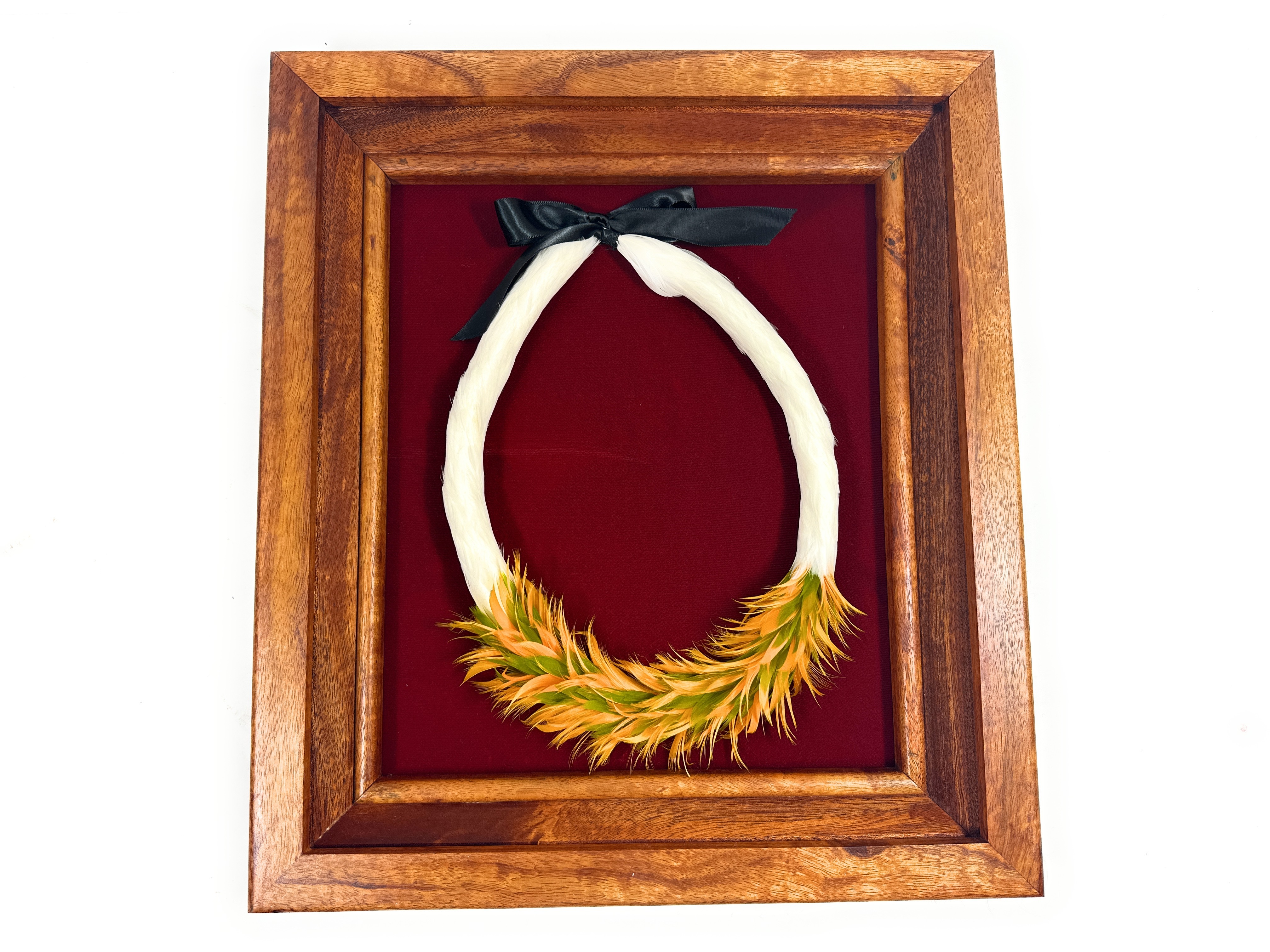
While flower leis are the most commonly known, feather leis hold a special cultural significance in Hawaii. Feather leis are important in Hawaiian culture.
They are not just pretty decorations, but also have cultural and spiritual meaning. In Hawaii, families have passed down the tradition of making feather leis for generations across the Hawaiian islands. Each lei symbolizes a connection to the land, ancestors, and nature.
In Hawaii, people make feather leis using feathers from special birds. These birds include the 'i'iwi and 'apapane. These birds hold cultural significance in Hawaiian culture, some of the plume and hackles come from geese.
Collecting and preparing feathers needs skill, patience, and respect for nature. The process of making a plume lei takes about one week.
In Hawaiian culture, giving and receiving a feather lei is a gesture of love, respect, and aloha. Mainly honoring someone's achievements, celebrating a special occasion, or expressing gratitude. Wearing a feather lei connects us to the land and ancestors, bringing protection and blessings.
The practice of crafting feather leis in Hawaii is crucial in safeguarding Hawaiian heritage within the Hawaiian people. The lei making process illustrates the profound bond between the Hawaiian populace and their surroundings.
History of Feather Leis
Feather leis, called "lei hulu," are important in Hawaiian culture and have been around for many years. Artisans handcraft these beautiful leis using feathers from Hawaiian birds such as the 'i'iwi and 'apapane.
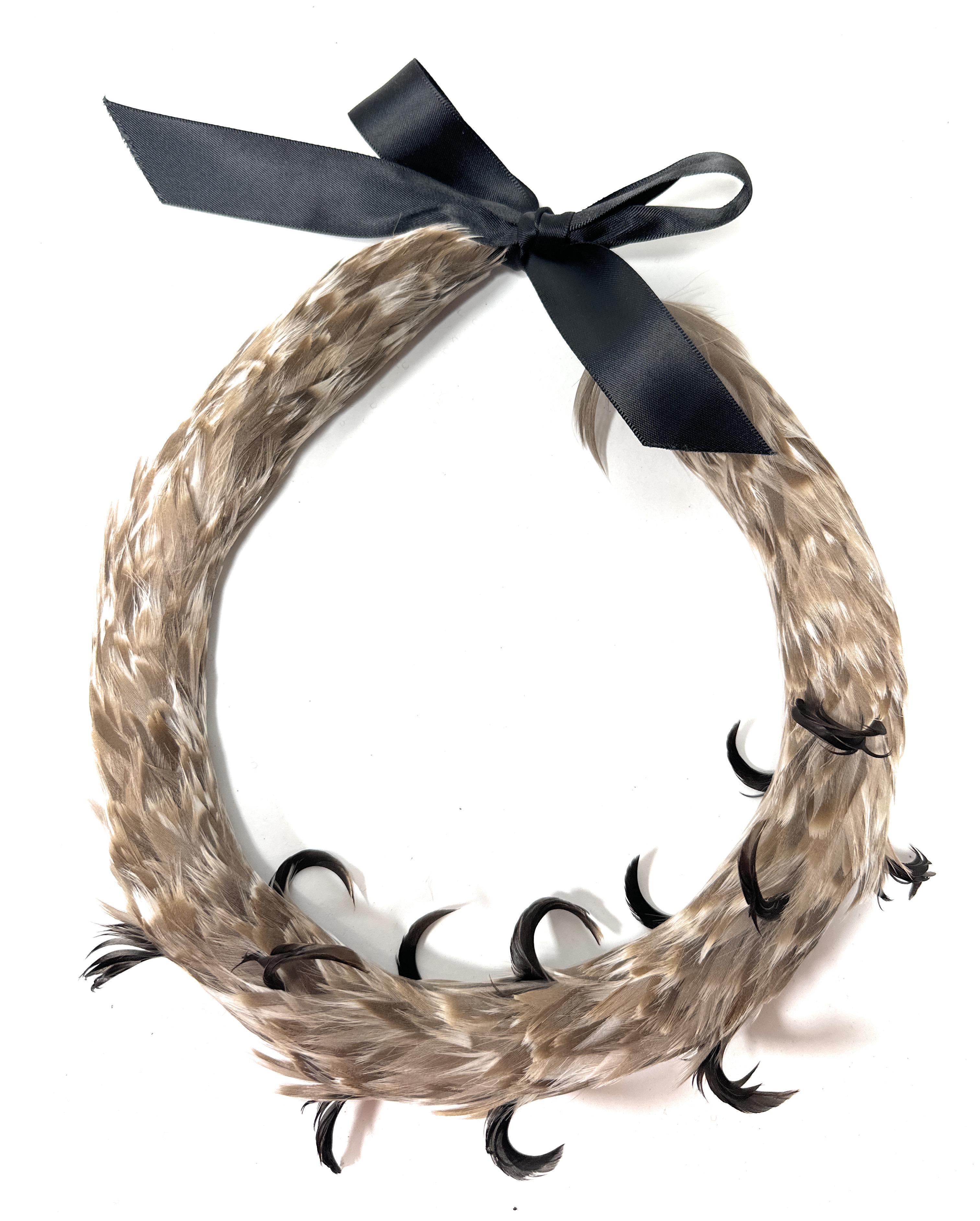
They are intricate and beautiful. Feather lei making is an ancient tradition passed down through generations. Skilled artisans select and arrange feathers to make beautiful and unique designs.
People often wear feather leis for special occasions and ceremonies, such as weddings, graduations, and hula performances. People consider them a symbol of aloha and give them as gifts to show love, respect, and appreciation.
Native Hawaiian culture highly value feather leis for their beauty and craftsmanship. Each lei takes hours of careful work and attention to detail to create. They also hold cultural significance.
People in Hawaii still make and wear feather leis. However, their production has decreased.
A decrease in the number of indigenous birds is the cause of this.
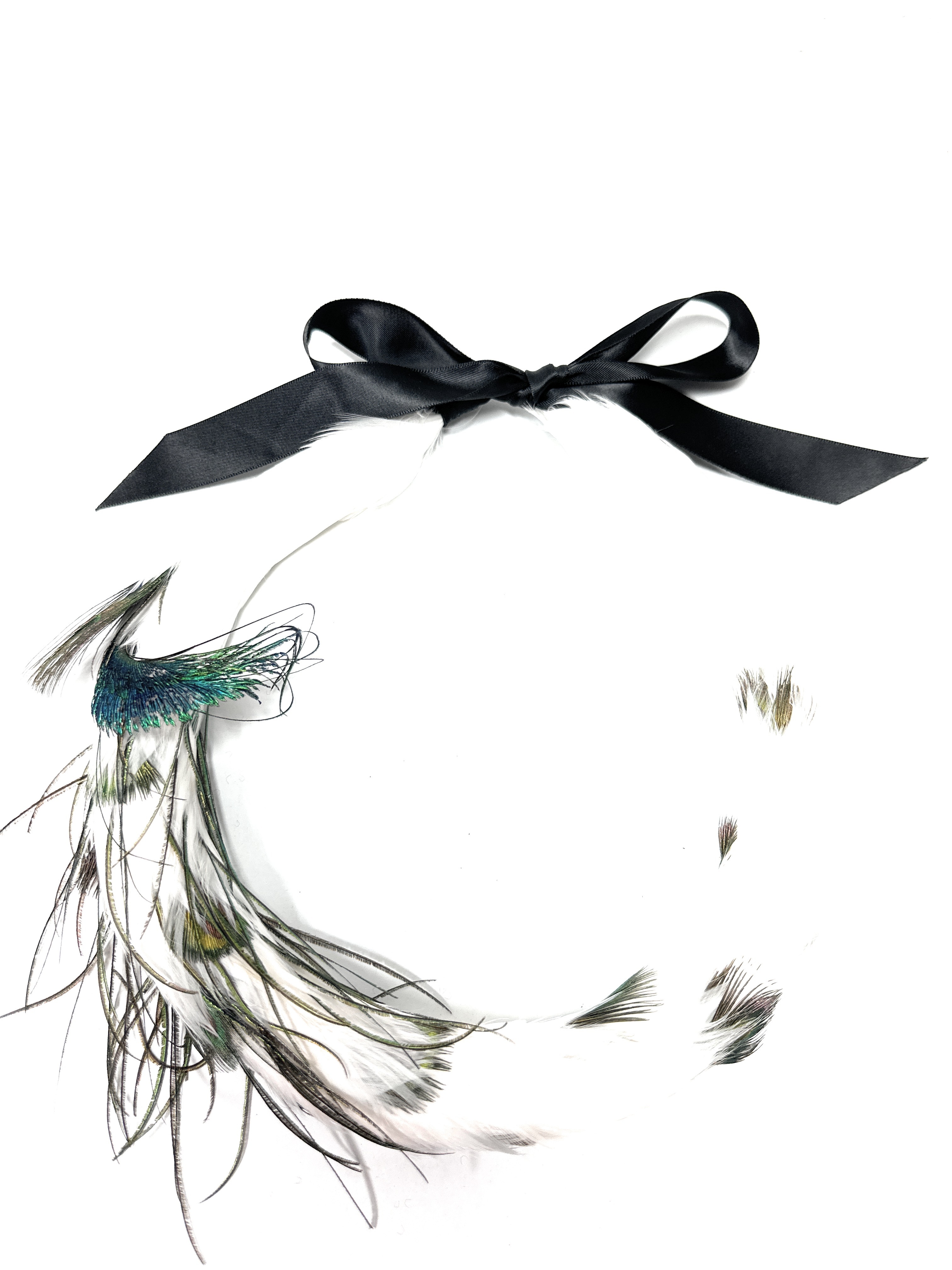
Feather leis hold significance in Hawaiian culture. They serve as a reminder of the islands' beauty and the talent of its artists. The people continue to cherish feather leis despite facing challenges.
Native Hawaiians at first created them as a way to honor their gods and chiefs. The significance of feather leis was for Native Hawaiians a way to honor their gods and chiefs.
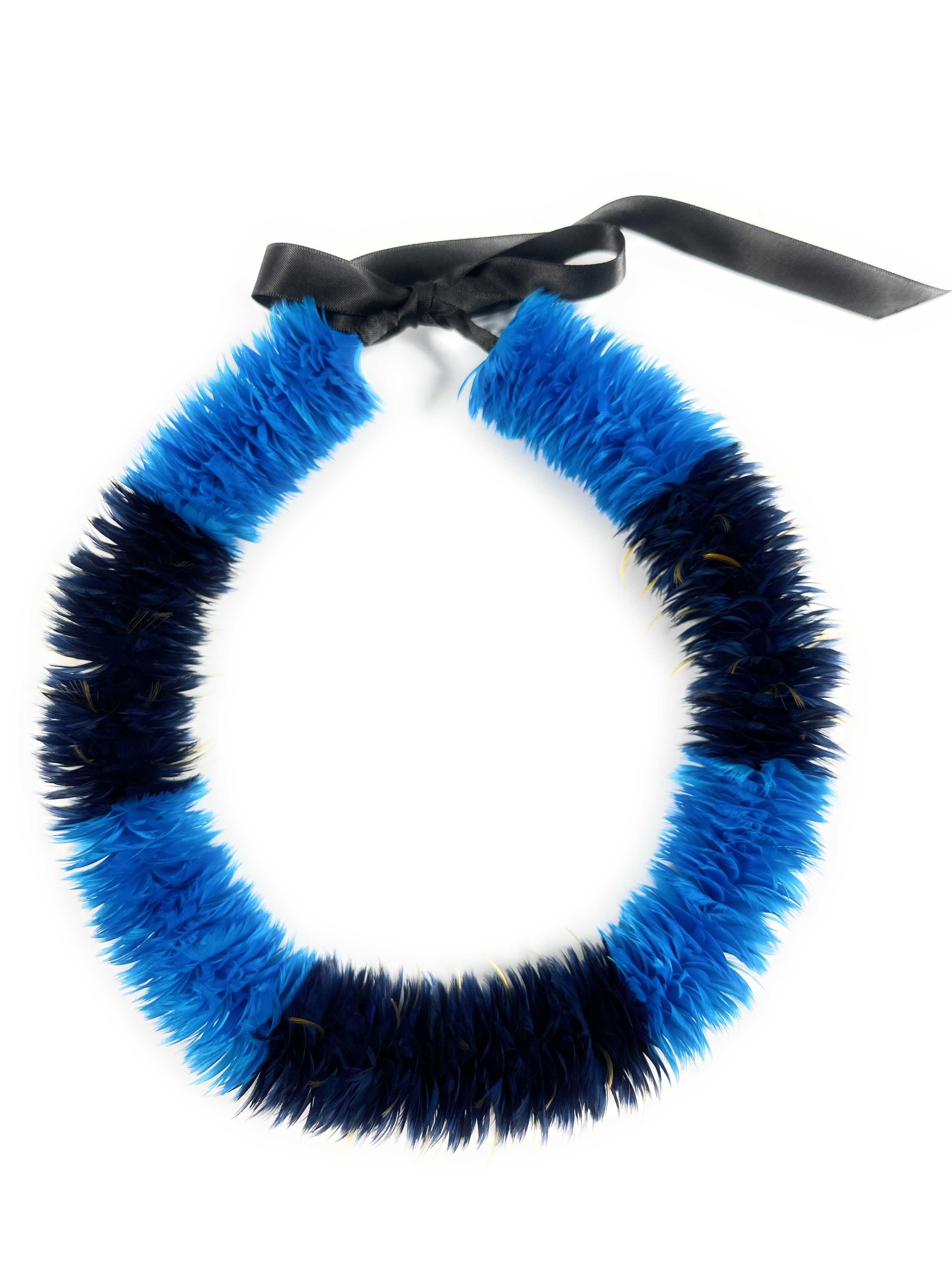
They came from certain birds like the ‘i‘iwi, ‘apapane, and ‘ō‘ō. People considered these birds sacred. People believed that these birds had spiritual powers and highly prized their feathers.
The Art of Making Feather Leis
Making feather leis is a labor-intensive process that requires great skill and patience. We carefully select, clean, and sort the feathers by size and color.
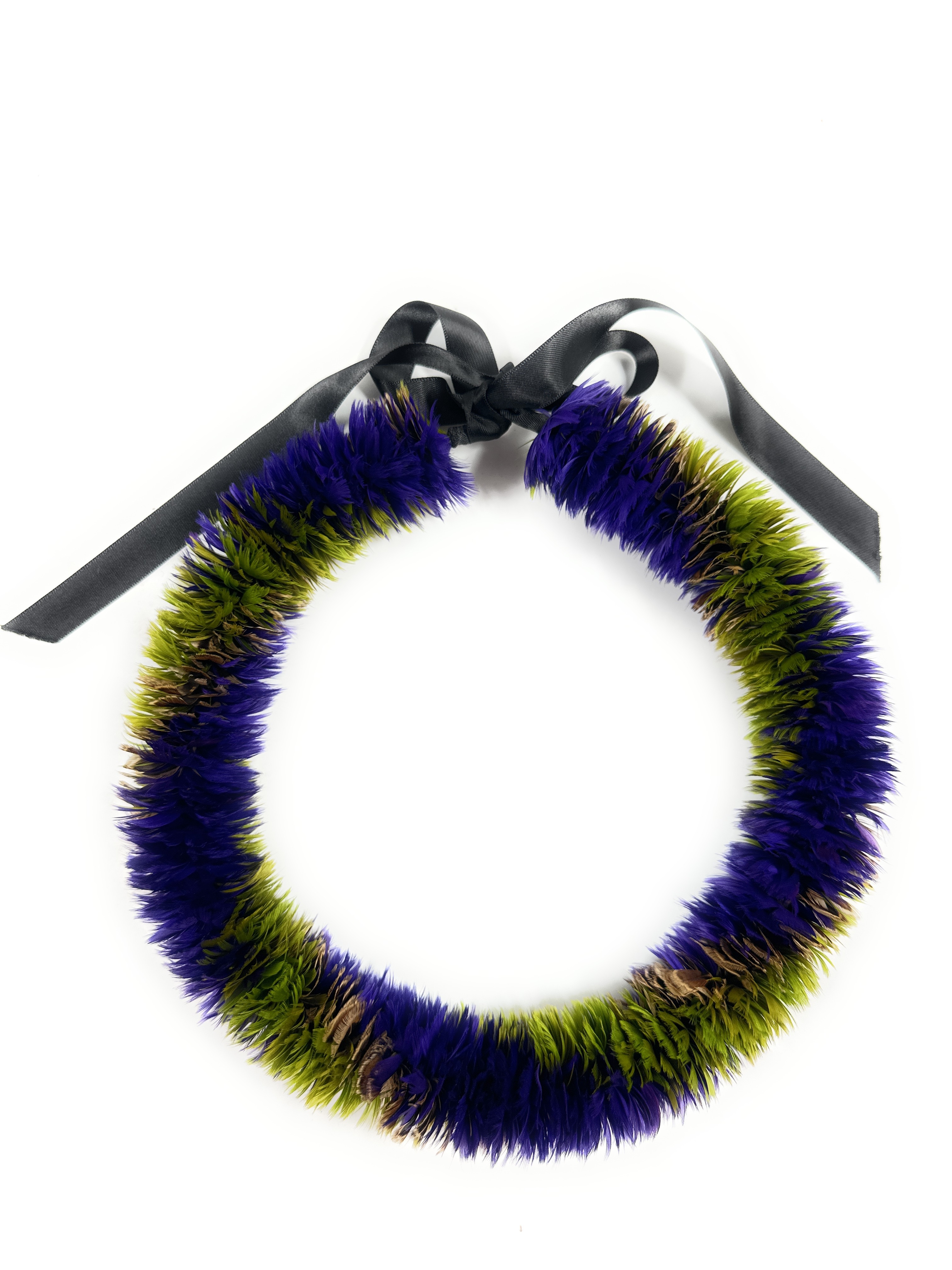
They then tie them onto a base, usually made of olona fiber, using a technique called "kui." This involves threading the feathers through the base and securing them with a knot. The process repeats until it covers the entire base in feathers, creating a beautiful and intricate lei.
Cultural Significance
Feather leis hold a deep cultural significance in Hawaiian culture. People used them not only to honor gods and chiefs, but also to signify rank and status.
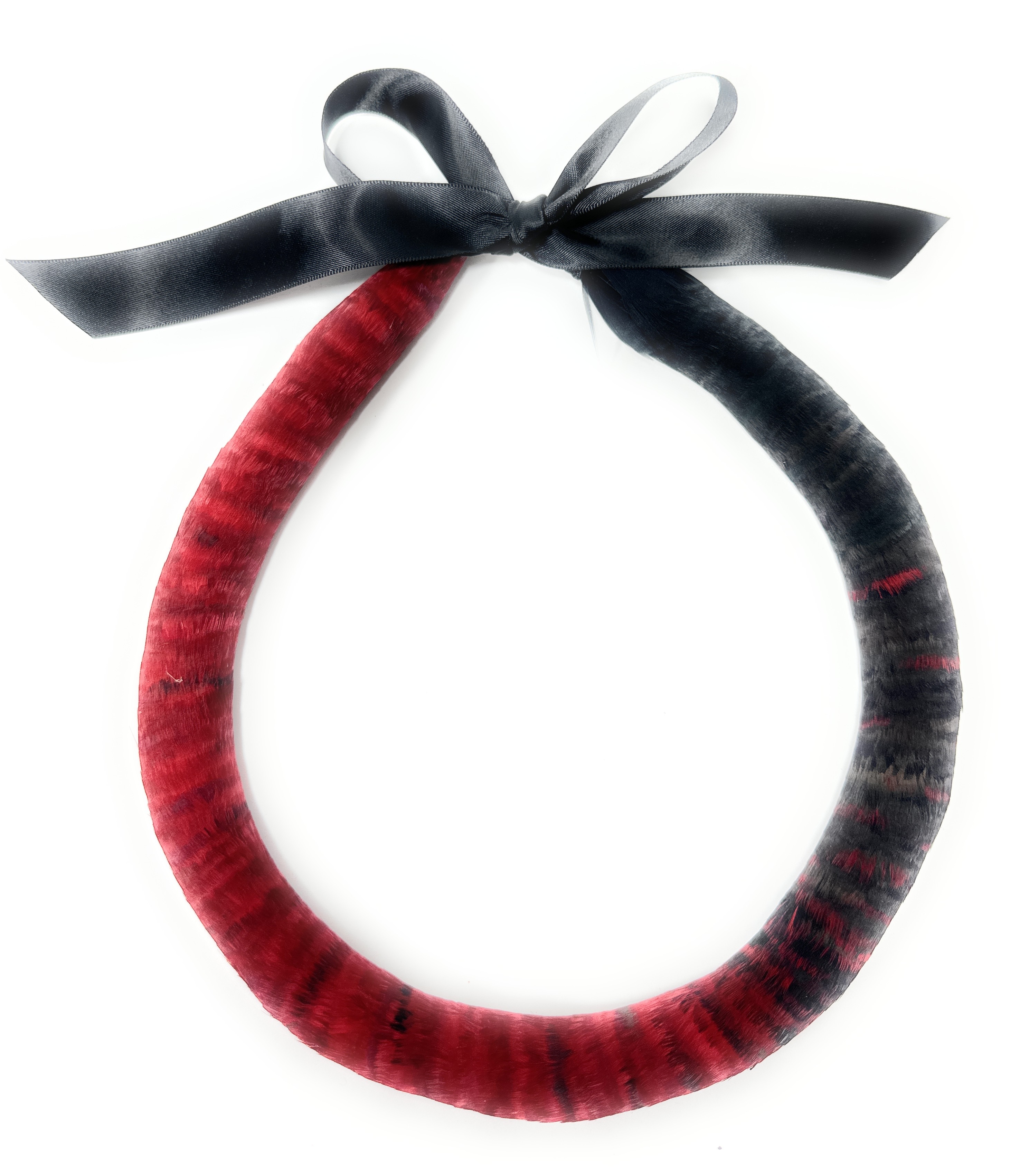
The more elaborate and rare the feathers used in a lei, the higher the status of the person wearing it. People also gave feather plume as gifts to show love, respect, and gratitude. People often wore them during special occasions, such as weddings, hula performances, and ceremonies.
Preservation of Tradition
In modern times, the art of making feather leis has become less common. The decline in the number of native birds and the introduction of Western culture have contributed to this decline. Some skilled artisans in Hawaii still make beautiful feather leis, keeping the tradition alive and honoring their cultural significance. These artisans have been making feather leis for generations, passing down their skills and knowledge to their children.
Feather Accessories
Feather plume serve as a versatile accessory that people can use in many ways, not just as necklaces. One creative way to use feather leis is to craft them into headbands. Attach feathers to a band or wire to make a stylish headpiece that adds a bohemian touch to your outfit.
Another fun way to use hackle leis is to turn them into bracelets. Wrap feathers around a bangle or string them on elastic cord to make a stylish bracelet that stands out. You can also use feather leis to make earrings by attaching them to earring hooks or studs. This adds a playful and unique touch to your jewelry collection.
Feather leis are a versatile and fun accessory that can add whimsy and style to your look in many ways. You can wear feather leis as necklaces, headbands, bracelets, or earrings to stand out and make a statement.
They are unique accessories. Dancers often wear these accessories during hula performances and other cultural events. They are also popular souvenirs for tourists, who can take a piece of Hawaiian culture home with them.
Conclusion
Feather leis are important in Hawaiian culture, showing the strong bond between the land, the people, and their customs. Making feather leis is a way to show love and respect for the past. It also helps to keep traditions alive for the future. When you see a feather lei, think about its cultural importance and the talented artisans who preserve this tradition.
Go to Tikimaster.com to learn more about making plume leis and using them in koa shadow boxes for wall display.













